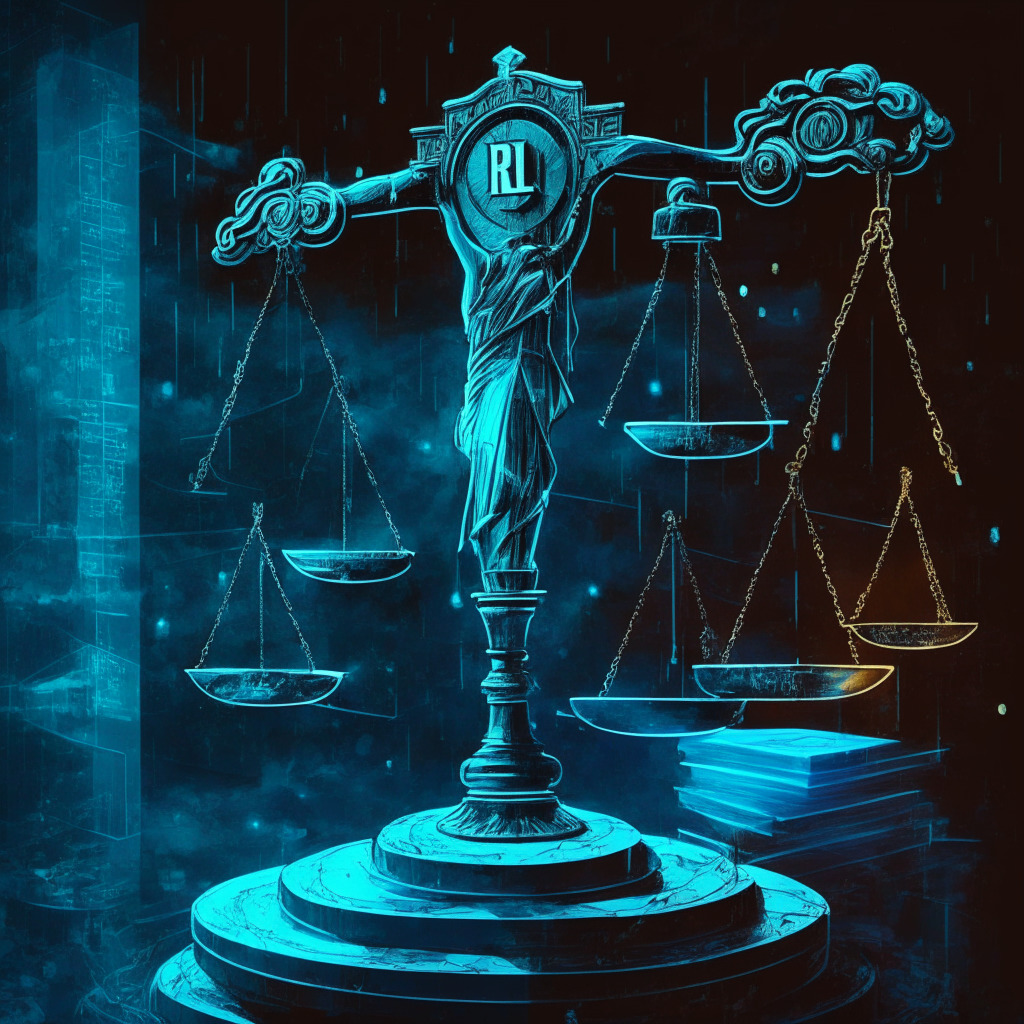Regulations in the world of cryptocurrencies have always presented a complex and sometimes controversial landscape. The imprisonment of Karl Greenwood, the co-founder of OneCoin accentuates this murky terrain. Greenwood, co-establisher of OneCoin with Ruja Ignatova, was recently sentenced to 20 years in jail and ordered to repay $300 million in the United States for fraud and money laundering.
The tale forged by Greenwood and Ignatova tells a story of illusion. The OneCoin team purported its coin to be an equivalent to Bitcoin, except there was one significant difference. OneCoin did not have a “true” public and verifiable blockchain, validating the integrity of transactions and the currency itself. Unlike its legitimate counterparts, it held no real value. This fact casts a cautionary shadow over the glitz and glam associated with cryptos.
This incident raises critical concerns about cryptocurrency regulations. Greenwood was arrested following charges of fraud and money laundering, he had been in custody since 2018. Yet Ignatova, the other pivotal player, remains elusive. Here lies the crux of the problem – the difficulty in enforcing jurisdictional boundaries in a decentralized, globalized network topology characteristic of blockchain technology poses massive challenges to our current legal frameworks.
Contrasting this saga, another pressing issue concerning blockchain regulations recently surfaced. A petition is brewing against the use of Chainalysis forensic services by federal agencies. Accusing Chainalysis of employing non-scientific software and potentially inaccurate methodologies, the petition takes aim at the right to financial privacy. The contention here underscores the crucial balance between preserving privacy and ensuring security in blockchains.
As with any technology, unfiltered use could lead to violations of user privacy, as critics of Chainalysis suggest. In the cryptocurrency world, where privacy is paramount, the agitation is understandable. But bypassing steps to ensure the security of financial transactions could chart the path to OneCoin-like incidents.
In essence, the balance between privacy and security becomes the battleground in the sphere of cryptocurrency regulations. Navigating this territory requires nuanced strategies, discernment, and perhaps an adaptive approach to regulatory mechanisms, keeping pace with this fast-evolving techno-finance landscape.
Source: Cointelegraph




